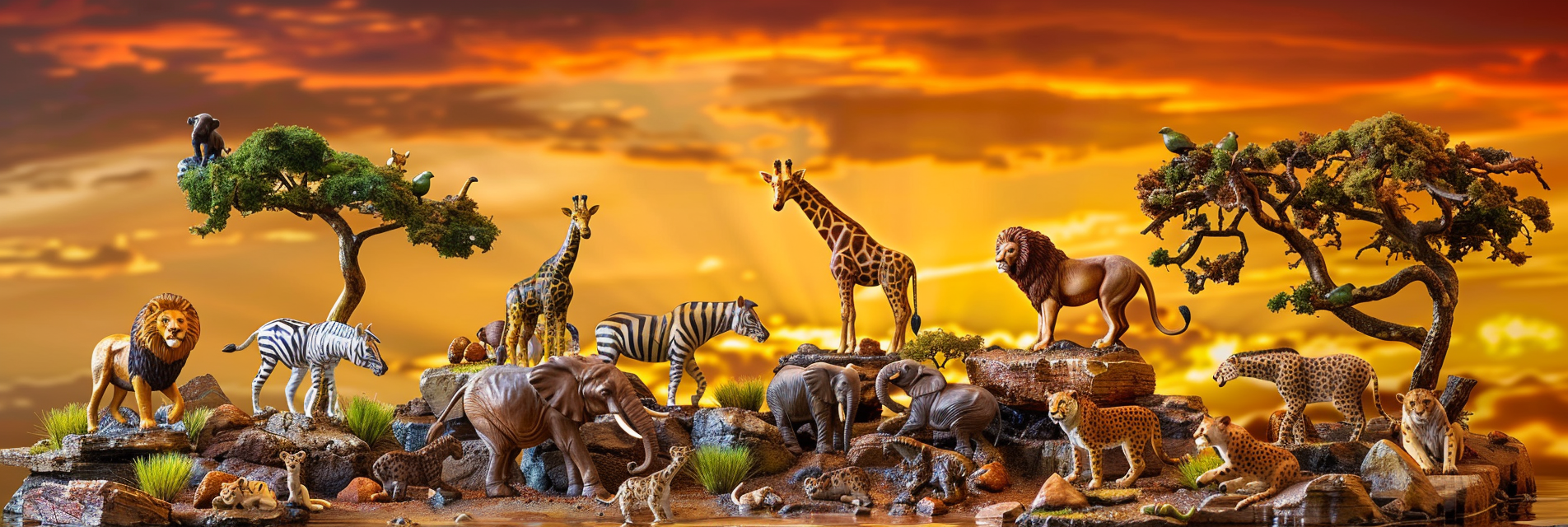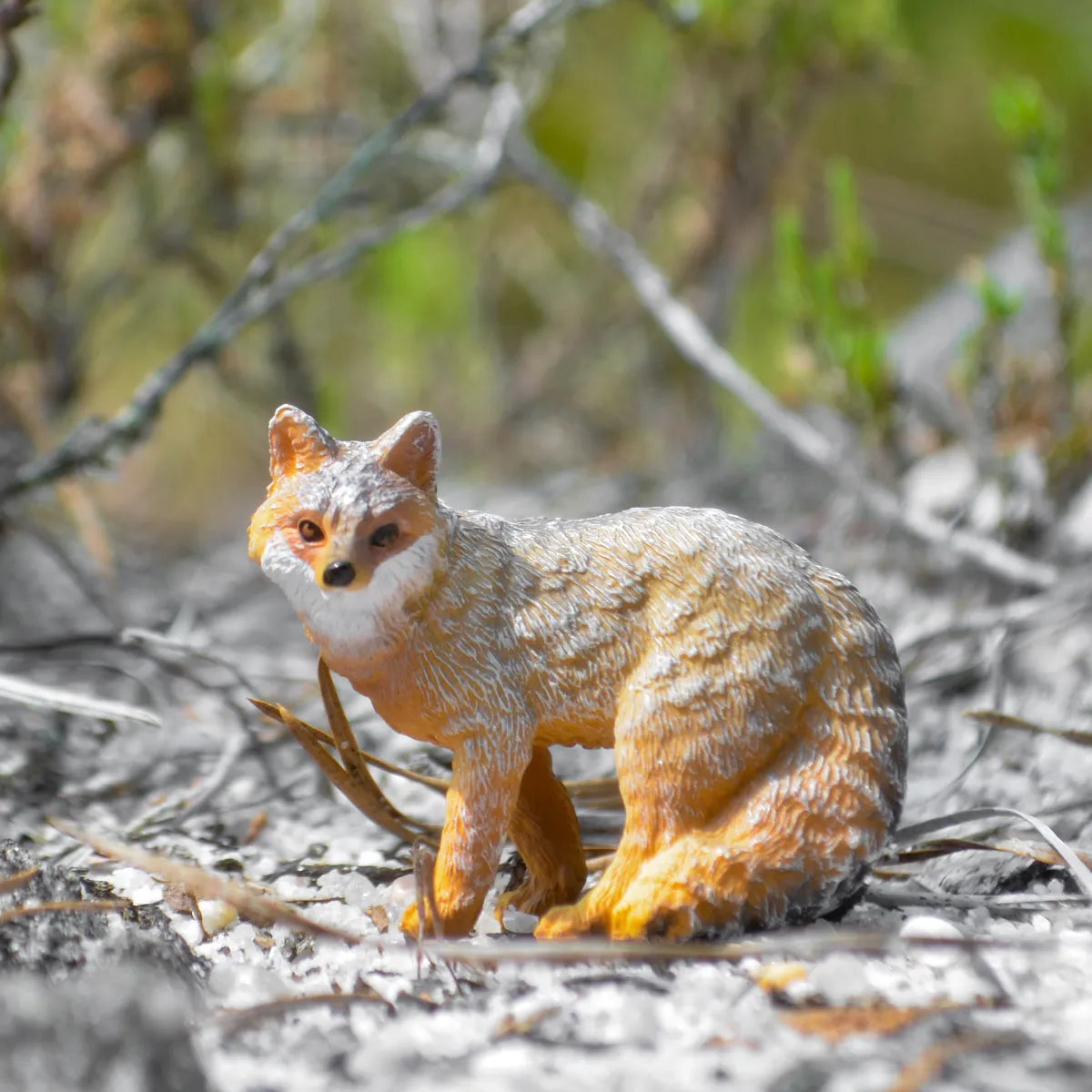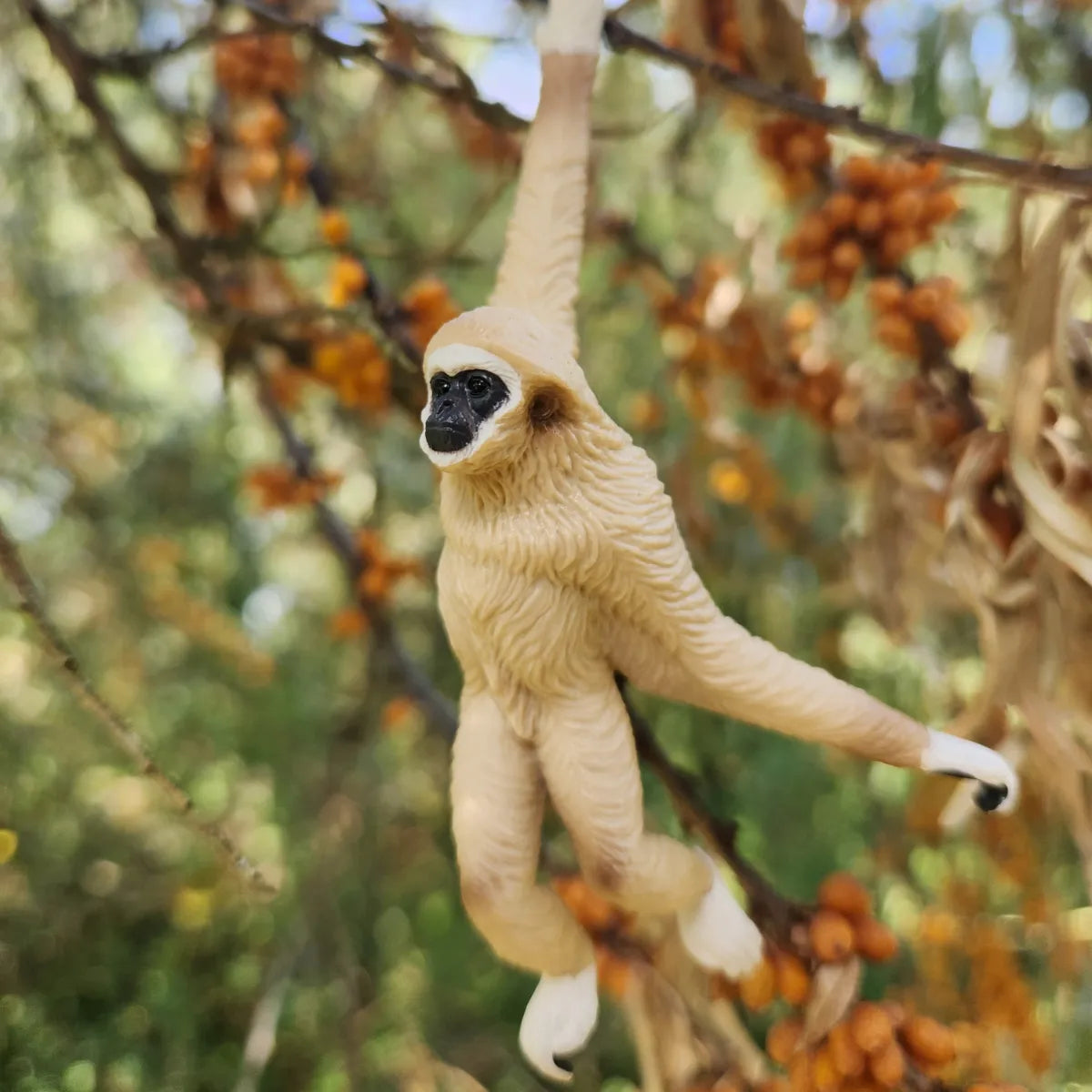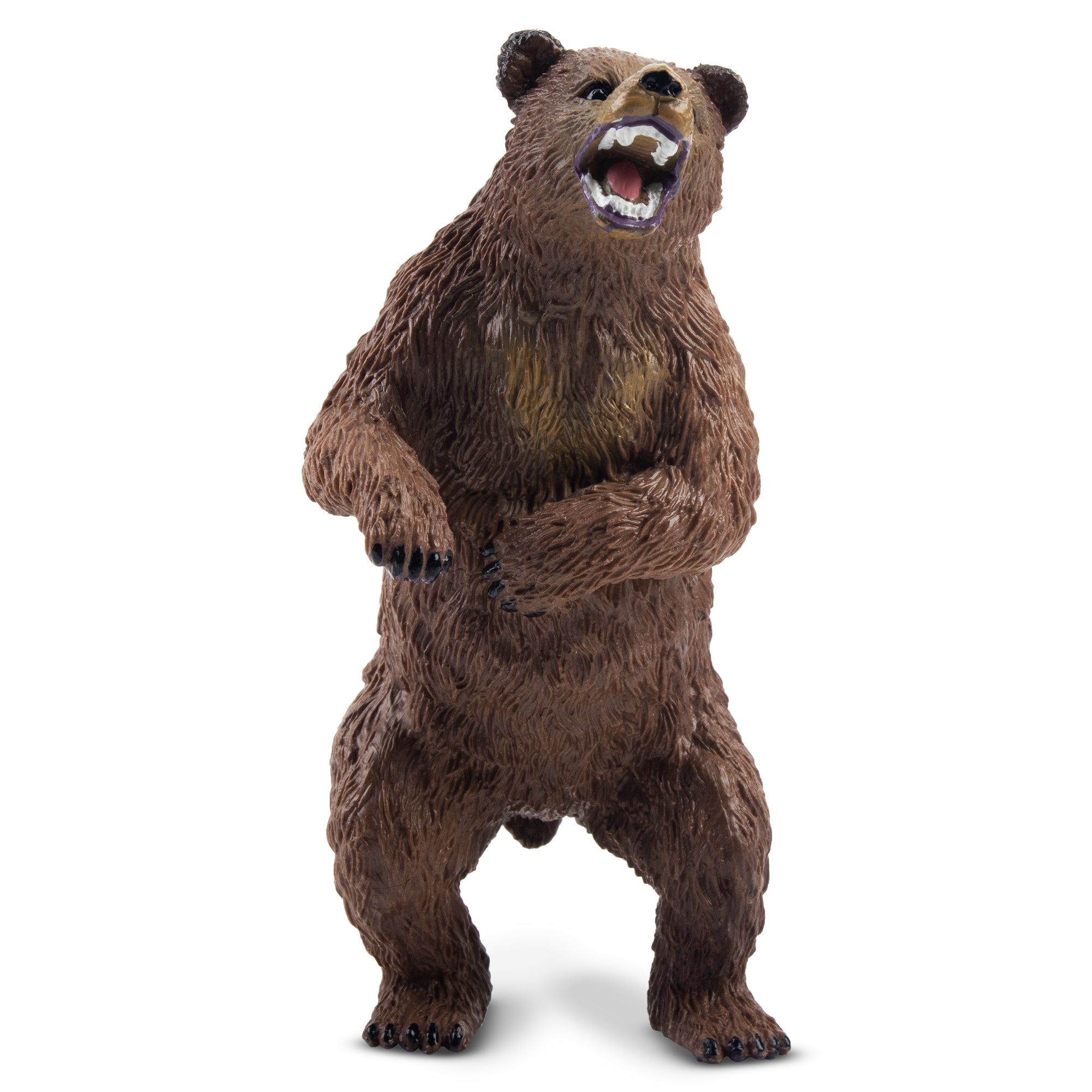
Brown Bear
The Brown Bear (Ursus arctos) is one of the largest bear species, widely distributed across the northern hemisphere including North America, Europe, and Asia. Known for its formidable size and variable coloration, which can range from dark brown to light blond, the brown bear has several subspecies, including the grizzly bear in North America and the Eurasian brown bear.
Scientific Name
Ursus arctos
Behavior
Brown bears are solitary animals, except for females with cubs or gatherings at abundant food sources, such as salmon runs. They have a diverse diet that includes fruit, nuts, leaves, roots, and small to large mammals. Brown bears are known for their ability to gain substantial fat reserves in the autumn, a critical adaptation that allows them to survive winter hibernation in their dens.
Breeding
Mating occurs from May to July, with a delay in implantation of the fertilized egg, ensuring that the cubs are born during winter hibernation, a period when the mother is in a relatively safe and stable environment. Females give birth to 1-4 cubs in January or February. Cubs are born blind, hairless, and extremely dependent on their mother. They usually stay with her for two and a half years, learning essential survival skills.
Characteristics
Brown bears exhibit significant size variation, influenced by their diet and habitat, with coastal individuals generally larger due to the abundance of protein-rich food like salmon. Adult males can weigh between 300 to 860 pounds (136 to 390 kilograms), but some individuals, especially in coastal areas, can exceed 1,500 pounds (680 kilograms). They can stand up to 2.5 meters (8 feet) tall when on their hind legs and have powerful forelimbs, non-retractable claws, and a large head.
History
Historically, brown bears were widespread across Europe, Asia, and North America. However, their populations in many regions have declined due to habitat loss, hunting, and conflicts with humans. In Europe and parts of Asia, they were driven to extinction in many areas by the early 20th century. Conservation efforts and changing attitudes towards wildlife have helped stabilize some populations and even allow for recolonization in certain areas.
Current Status
The brown bear is classified by the International Union for Conservation of Nature (IUCN) as Least Concern globally, due to its wide distribution and large population in places like Russia and Alaska. However, some subspecies and regional populations are endangered and face ongoing threats from habitat destruction, poaching, and human-bear conflicts. Conservation strategies include protected areas, wildlife corridors to connect fragmented habitats, and measures to prevent conflicts with humans. Education and community involvement are also crucial components of successful brown bear conservation programs.





